Hi everyone! Lately I’ve received a couple of messages on Facebook from people asking how they can improve their painting. Therefore, with this article I hope to give you some tips & advice that you may find useful. Please keep in mind that these are my personal experiences and by no means is this exclusive or the only “right” way :).
1) Invest: lamp, brushes
Usually when you start painting you don’t start out with the most expensive paints & brushes, nor do you need it. But if you want to improve your painting, I could highly recommend investing in some items that, in my opinion, are a must!
First of all: your painting set-up. I don’t believe you need to have a professional or extensive set-up to paint better. I, myself don’t have a dedicated area for painting, I create my set up each time I paint. It’s not ideal, but it works. I do suggest to get yourself a good lamp to paint. A daylight bulb (or daylight LEDs) are essential, to make sure you perceive the colours correct.
Second, good brushes make all the difference. Sure, there are some painters who can make wonders with cheap synthetic brushes. But in general, brushes made from natural hairs are the way to go. Invest in some Kolinsky brushes, they will last a long time (do clean them regularly) and maintain a nice tip. My personal preferences are: Winsor & Newton series 7 brushes and Rosemary & Co series 33 brushes.
 |
| You don’t need that many ;), I just like to have back-ups |
2) Get to know your paints
Every paint brand, in fact every paint bottle, has paints that act differently. It all depends on what techniques you use and if (and how) you dilute your paints. Take your time getting to know your paints, find your favourites and experiment. I would never recommend buying a whole paint set at once. When someone asks me what my favourite paint brand is, I cannot give you an answer, all have their good and bad points, as well as good and bad paints. For example, I like GW paints for vibrant colours, Reaper paints for fleshtones, Scale75 for NMM or when I need very matte paints,
and Vallejo for earthy tones.
3) Follow workshops
No matter what your level is, beginner or even pro, you can learn heaps from workshops. Workshops are a great way to learn how masters approach their painting. How do they view the miniature, how do they work, what techniques and insights do they use? Every workshop that I attended taught me new things, as every teacher has new ways of looking at miniatures.
For beginners and advanced painters I highlight recommend the Beginners class from Roman Lappat, it is great and helps you step out of your comfort zone! Alfonso Giraldes’ workshop is something else completely and is a must for advanced and master painters. This workshop will help you view miniatures and colour in a whole different way.
For beginners and advanced painters I highlight recommend the Beginners class from Roman Lappat, it is great and helps you step out of your comfort zone! Alfonso Giraldes’ workshop is something else completely and is a must for advanced and master painters. This workshop will help you view miniatures and colour in a whole different way.
4) Visit shows
Not only are shows a great place to meet new people, old friends and to buy new shiny minis to paint. They are also a platform to view a lot of wonderfully painted miniatures. Look at entries in a contest, what makes certain pieces stand out over others. What works and what doesn’t work? Of course, this is highly open to your own interpretation, which
is great! You do what you like most, it always works the best! Another great thing about shows is that you get the opportunity to talk to other painters, do this. Everyone has their own great views and you can learn from each other.
is great! You do what you like most, it always works the best! Another great thing about shows is that you get the opportunity to talk to other painters, do this. Everyone has their own great views and you can learn from each other.
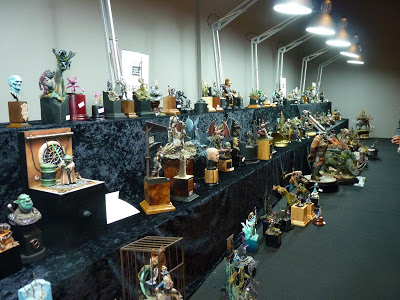 |
| Scale Model Challenge 2015 |
5) Participate in contests
Participating in contests can be scary, especially when you hear some great names participating as well. Don’t be scared, contests are a great way to get feedback on your miniatures. Also, it just looks super awesome to see your minis line up with all the other entries in the contest. If shows are too far, or not for you, you can always have a go at an online contest. Afterwards, you can ask who the judges were and ask for advice on improvement.
6) Look at other works.
I also mentioned this before, but I cannot stress this enough. Closely look at miniatures, either online or at an event. Look at what the painter has tried to achieve. If you like this, you can try it on one of your miniatures. Don’t copy, but get inspired. My advice when you see a great mini: Don’t ask a painter what colours he or she used (I admit I do it
sometimes too, as sometimes you just see a perfect colour), but instead ask why certain colours are used. This is much more insightful.
sometimes too, as sometimes you just see a perfect colour), but instead ask why certain colours are used. This is much more insightful.
7) Don’t fixate on scores
Online galleries are nice to look through, I visit Putty & Paint and CMON very often for inspiration, or just to browse pretty miniatures. When you post your own minis, don’t get too fixated on scores, or compare your scores to those of other minis. Remember: getting high scores is easy, if you ask enough people (my advice: don’t do this, it is annoying). Use these platforms as a resource, they’re great for that!
8) Ask for feedback
Posting one of your finished miniatures on a forum or on Facebook is very nice, and getting positive comments and many likes is never a bad thing. However, sometimes it helps to ask for critical feedback. That way the other members can help you improve, and you know what you will do differently for your next miniature.
9) Watch video tutorials.
There are a lot of great video tutorials out there lately, like the Painting Buddha videos, Darksword videos and Miniature Mentor. They are a great way to see how other painters tackle their projects. Look at how the painter uses their brush, how thick the paint consistency is, what techniques are they using. Ask yourself: Why does he/she use certain colours, why use this technique here, and that technique there? Then try them out yourself and see what works for you and what doesn’t.
10) Paint! Practice! Practice! Practice! Experiment!
I know it sounds cliché, and I wish I had an easy fix solution but the best way to improve is to just paint. Take your time to practice new techniques. If something doesn’t work for you now, try something else, in the future you might go back to the other technique. For me it helped to try something new for every mini you paint. For example, try some OSL on one of your minis, or NMM. Don’t try to do everything at once, even baby steps will bring you to your destination 🙂
And last, but most definitely not least….
Have fun painting!!!

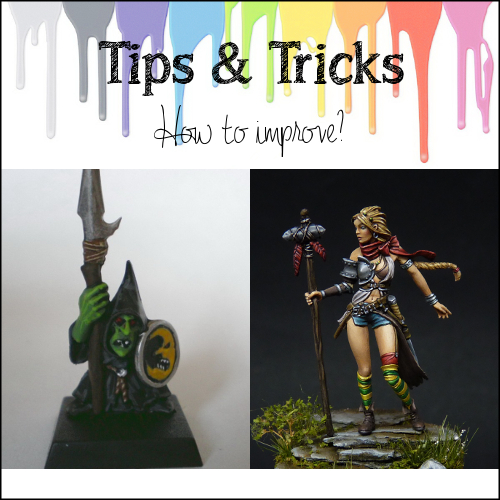
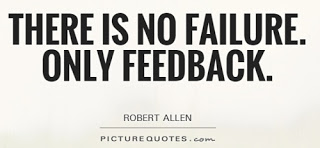
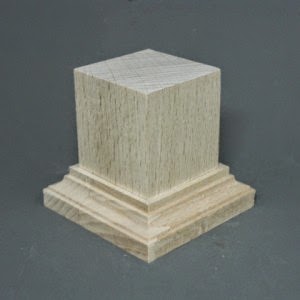

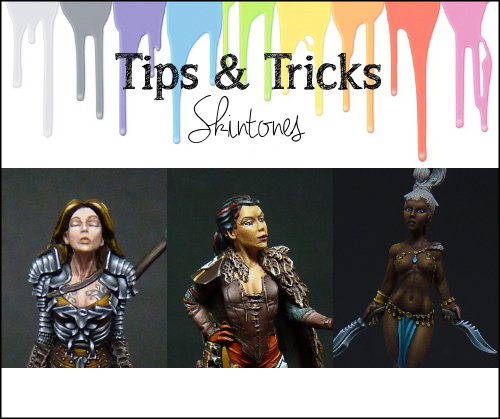
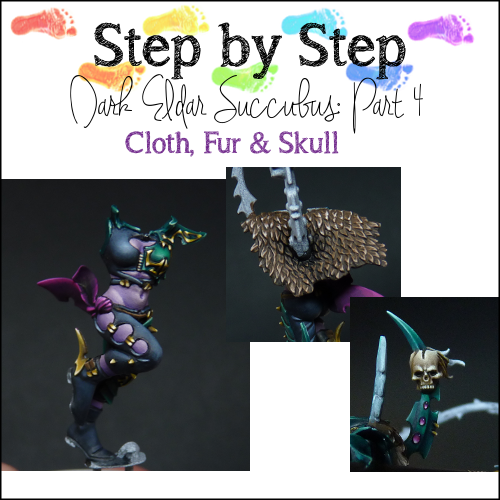

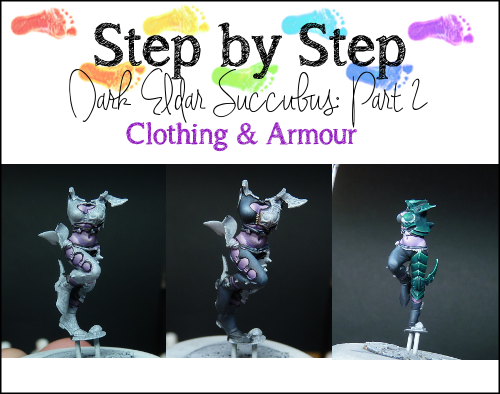
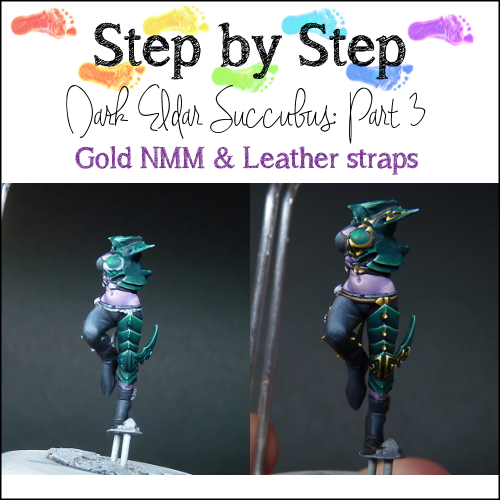
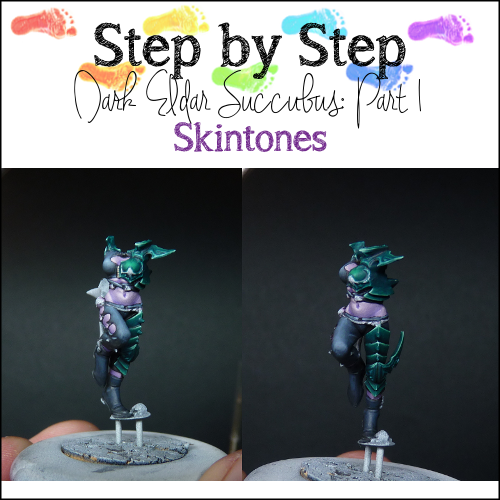
2 comments
Hi Magie, i just discovered you on Twitter (im new there myself) and got interested in your work. I was pleased to see you have a website and even more so, Tutorials. As a broad, non specific tutorial on improvement i think this article is great. I like converting models but paonting them has always been a bit of a chore, i think mostly because i cant contol the results as easily. Ill definatly take this advice on board. I just started a blog with 2 friends showcasig our conversions and efforts and never have i questioned my ability to paint more than after taking high definition macro shots my models and posting them for the world to see. I appreciate you sharing not only your work but your experience, thank you so much.
Hi! Thank you so much for your kind words 🙂 My apologies for the late response. Hope you are having fun painting! Would be nice to have a look at your blog 🙂